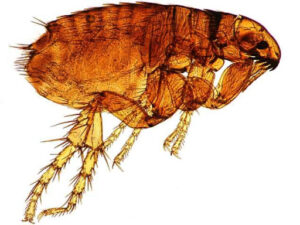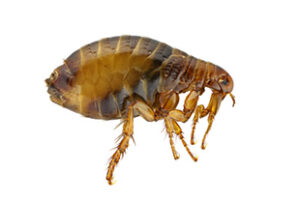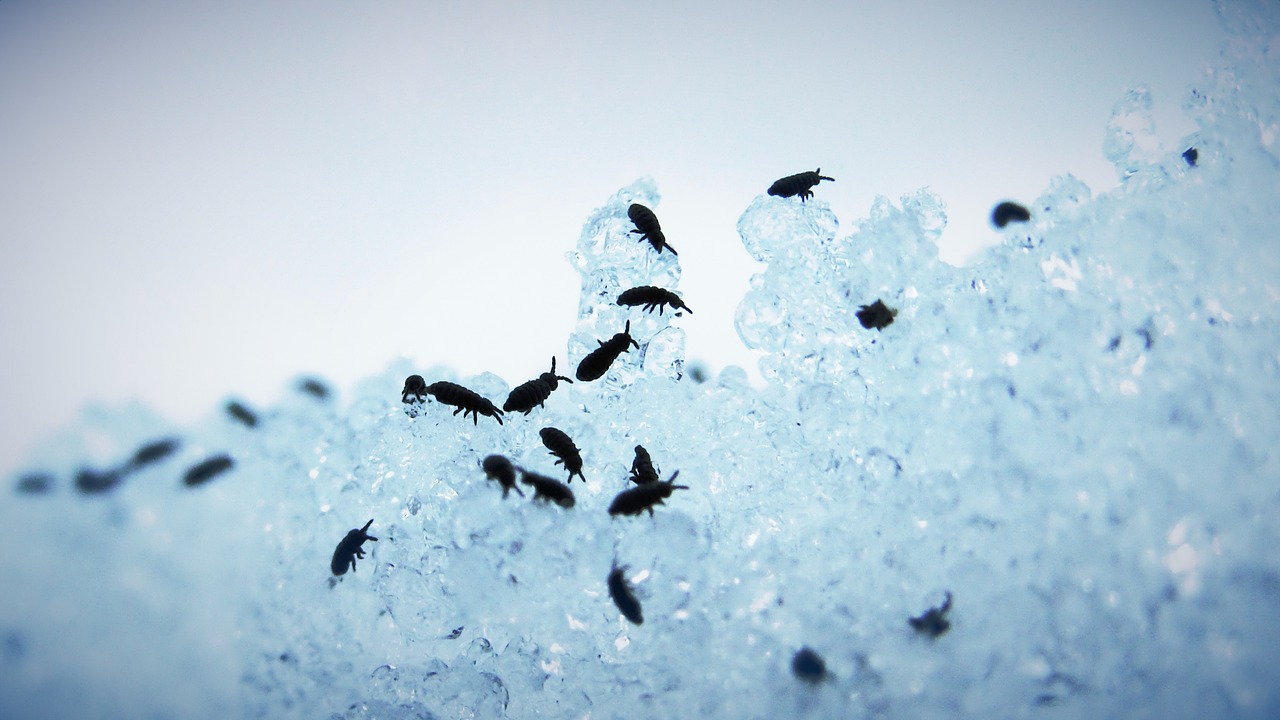Flea Look Like
Fleas look like Indeed these small tiny insects make you, your dog cat any other pet you have frustrated. So that’s why it’s important to know what does a flea looks like. These wingless and multiple-legged insects are insanely common in the world, especially in Northern America.
It’s very hard to detect them or identify them as they just hide in the host’s skin or hair causing lots of itchiness. That’s the reason the one who‘ll get a victim of them be it a human or dog, or cat results in so much frustration for him.
Introduction to Fleas and Their Significance as Parasitic Insects
It’s a much-asked question “What does a flea look like” Yeah definitely you‘ll get the answer to this question. Before this, you have to know these things about fleas why and how they live on your dog, cat, or pet’s body.
Fleas, scientifically known as Siphonaptera, are small, wingless insects that have adapted to a parasitic lifestyle, feeding on the blood of warm-blooded animals, including mammals and birds. These tiny creatures are notorious for their itchy bites and their ability to spread diseases. Understanding their significance as parasitic insects sheds light on their role in ecosystems and the challenges they pose to both animals and humans.
Types of Fleas
Fleas are many types that bite humans and are different from the others that bite other animals, especially the animals that we love to have as pets. So here look at the different types of fleas as follows:
Cat Flea (Ctenocephalides felis):

- Characteristics: The cat flea is one of the most widespread flea species and is known to infest not only cats but also dogs, humans, and various other animals.
- Abilities: Cat fleas are excellent jumpers, capable of jumping up to 150 times their own body length. They have specialized adaptations for jumping, including long hind legs and a spring-like mechanism in their back legs.
-
Hosts: Primarily infests cats, dogs, and other small mammals.
Dog Flea (Ctenocephalides canis):

- Characteristics: Similar in appearance to cat fleas, dog fleas also infect a variety of hosts, including dogs, cats, and humans.
- Abilities: Dog fleas are proficient jumpers, though their jumping abilities might not be as advanced as those of cat fleas.
Human Flea (Pulex irritans):

-
Characteristics: This flea species primarily infests humans and is known for causing discomfort and itching.
-
Abilities: Human fleas are capable of transmitting diseases, historically being carriers of the bubonic plague and other illnesses.
What does a flea look like on pets or how to identify?
As said earlier these are small tiny insects almost lengths vary from 1 to 4 millimeter which make them hard to find or identify. So never be relaxed at all that your pet is flea-free It’s one of the rare cases, as most probably 90% of the pets certainly come across this thing.
There are various things that matter when it comes to identifying fleas in any species’ body like their body movement, color, itchiness they cause, and biting marks that occur after being bitten. But the best part of identifying fleas is their symptoms.
What do fleas look like in dogs?
Fleas are a common problem in dogs, and they can cause a range of symptoms. If you suspect your dog has fleas, here are some common symptoms to look out for:
- Excessive Scratching and Itching: Flea bites can be very itchy, so if your dog is scratching or biting their skin excessively, it could be a sign of fleas.
- Hair Loss and Skin Irritation: Intense scratching and biting due to flea bites can lead to hair loss and skin irritation. You might notice redness, inflammation, or even sores on your dog’s skin.
- Flea Dirt: Flea dirt is actually flea feces, which looks like tiny black specks. If you part your dog’s fur and notice these specks, especially around the base of the tail or on the belly, it’s likely an indicator of fleas.
- Restlessness and Agitation: Dogs with fleas often display restlessness and agitation due to the discomfort caused by the itching and biting.
- Chewing at the Base of the Tail: Fleas tend to congregate around the base of the tail, and dogs may chew or lick this area excessively if they have fleas.
What do fleas look like in cats?
Fleas are common external parasites that can infest cats and cause a variety of uncomfortable symptoms. If you suspect your cat has fleas, here are some symptoms to look out for:
- Excessive Scratching and Grooming: Cats with fleas often scratch themselves excessively, especially around the neck, head, and base of the tail. They might also excessively groom themselves, trying to alleviate the itching.
- Flea Dirt: Flea dirt is a term for flea feces, which looks like tiny black or dark brown specks. You might find these specks on your cat’s fur, especially around the neck and tail areas. To differentiate flea dirt from regular dirt, you can place some on a damp white paper towel – if it turns red, it’s likely flea dirt because it contains digested blood from your cat.
- Hair Loss: Due to constant scratching and grooming, cats with fleas might experience hair loss or thinning fur, particularly in the areas where they scratch the most.
- Red and Irritated Skin: Flea bites can cause inflammation, redness, and irritation on your cat’s skin. In severe cases, these bites can lead to more serious skin infections.
- Bumps and Scabs: Flea bites can result in small red bumps or scabs on your cat’s skin, particularly around the neck and tail. These areas are common hotspots for flea activity.
What do fleas look like in humans?
Here are the common symptoms of flea bites in humans:
- Itching: Flea bites often cause intense itching, which is one of the primary symptoms. The bites are usually small, raised, and red, and they can be clustered together in groups.
- Red Bumps: Flea bites usually appear as small, red bumps surrounded by a reddened halo. The bites can be slightly swollen and may be similar in appearance to mosquito bites.
- Rash: In some cases, multiple flea bites in a concentrated area can lead to the formation of a rash. This can result in more widespread itching and discomfort.
- Pain or Tenderness: The bites might be painful or tender to the touch, especially if scratched excessively.
- Allergic Reactions: Some individuals can experience an allergic reaction to flea bites, leading to more severe symptoms. These can include intense itching, hives, swelling, and even blistering around the bite sites.
What do flea bites look like?
Flea bite appearances vary on the basis of different things like:
- Pathogens they eat
- Attack of fleas in quantity
- Type or sensitivity of the skin
- Any bacterial infection to flea
So these are the some things that matter when it comes to the appearance of a flea bite Usually it looks like a red spot, bump, or scrabs where they bite.
How to get rid of fleas?
Getting rid of fleas can be a bit of a process, as they can be persistent pests. Here’s a step-by-step guide to help you eliminate fleas from your home:
- Treat Your Pets
- Wash Bedding and Linens
- Vacuum Thoroughly
- Treat Outdoor Areas
- Repeat the Process
- Consult a Professional
Remember that consistency and patience are essential when dealing with flea infestations. It might take some time, but by following these steps and being diligent, you can effectively eliminate fleas from your home and keep your pets and family comfortable.
Conclusion
If your question is what do fleas look like and how do identify and get rid of them? So cheers you‘ll get A to Z of these insects on this page. Discuss their characteristics types and the safety precautions to protect yourself and your pet’s body from diseases and infection.

